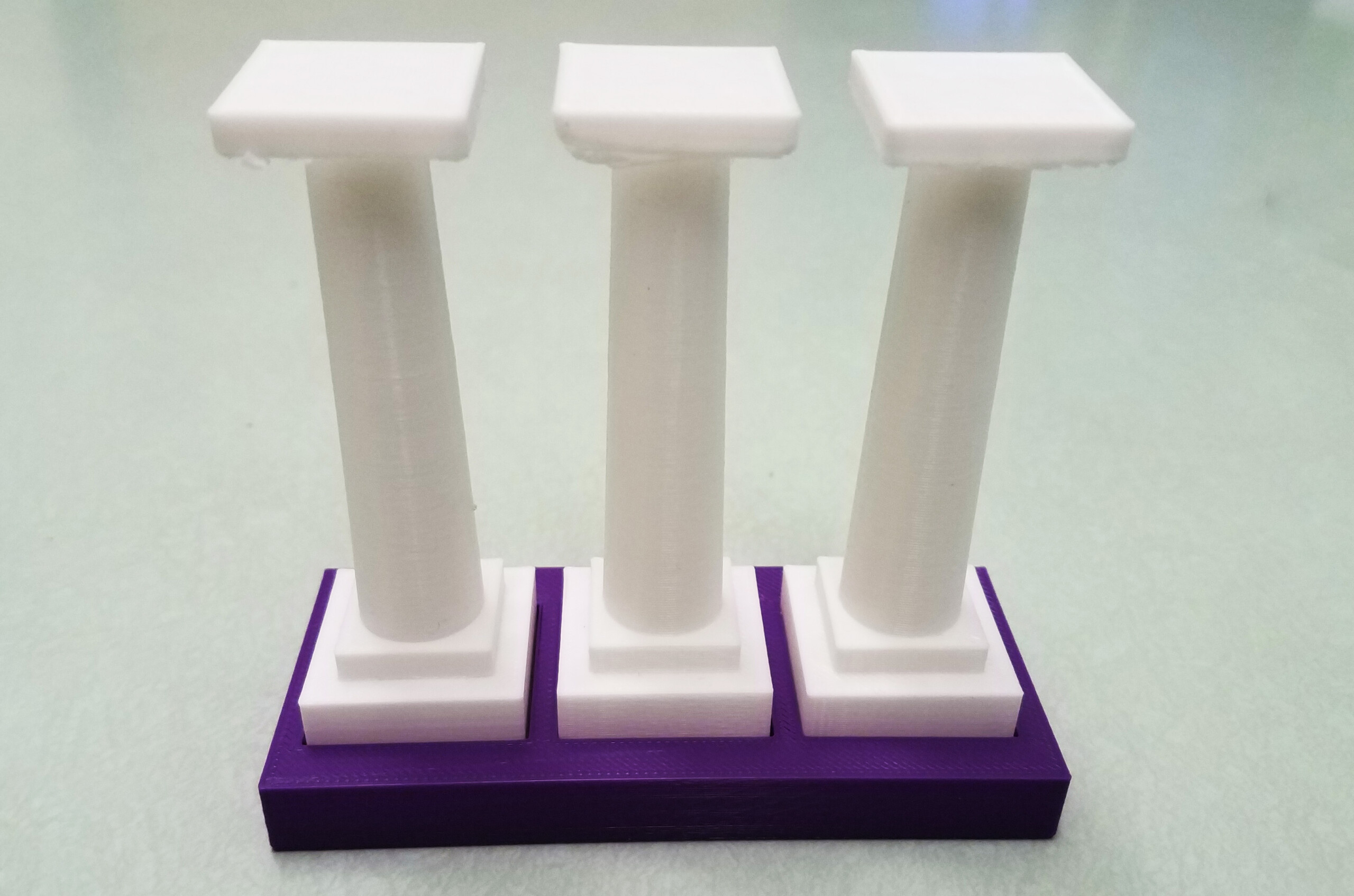NATCHITOCHES – Northwestern State University’s Division of Mathematics will offer a new course this fall that will incorporate 3D printing to help students learn complex mathematical concepts. Dr. Nicholas Richardson, instructor for CSC 3040 3D Print Design I, said he’s been using 3D printers to make models for calculus classes after finding that concepts become clear when students have a 3D object in their hand to use.
“I first started using 3D printing in my calculus class,” Richardson said. “There was one section that we would go over that was always difficult to understand the first time through. While we can draw 3D pictures, we are still limited in what they represent on 2D paper.”
Richardson will begin the class by introducing students to two new UltiMaker S5 3D printers and familiarizing them with a program called OpenSCAD.
“This is similar to other 3D CAD (Computer Aided Design) programs, but the approach is more from the programming perspective than a drawing perspective,” he said. “In OpenSCAD, we can make basic objects such as spheres, cubes and cylinders. By moving them around and combining these objects together in different ways we can make several different types of 3D models with no drawing skills required.”
The class is also intended to be a programming course similar to Computer Science I C/C++.
“I would get students in 1060 that are not ready for a language like C/C++, but it is required for them,” Richardson said. “While C/C++ and OpenSCAD are used for different goals, I will be able to cover several programming topics where they can get instant feedback and see progress as the work, unlike in C/C++ where you may need to do several things at once before you can see progress.”
Students will learn the entire prototyping process from creating and printing a 3D model to having the final object in hand.
“I will likely get feedback from the class to see what they want to print/model and go from there. While we might not be able to do everything, they want with OpenSCAD, I am sure we can find something that will pique their interest. I think some flexibility like this is key since we will need to design and print many objects throughout the class. Obviously, some of these will be small while others would be larger and take more time.”
NSU’s Division of Mathematics is part of the School of Science, Technology, Engineering and Mathematics. For information on CSC 3040, contact Richardson at richardsonn@nsula.edu/.
Information on NSU’s Division of Mathematics, visit https://www.nsula.edu/mathematics/.

